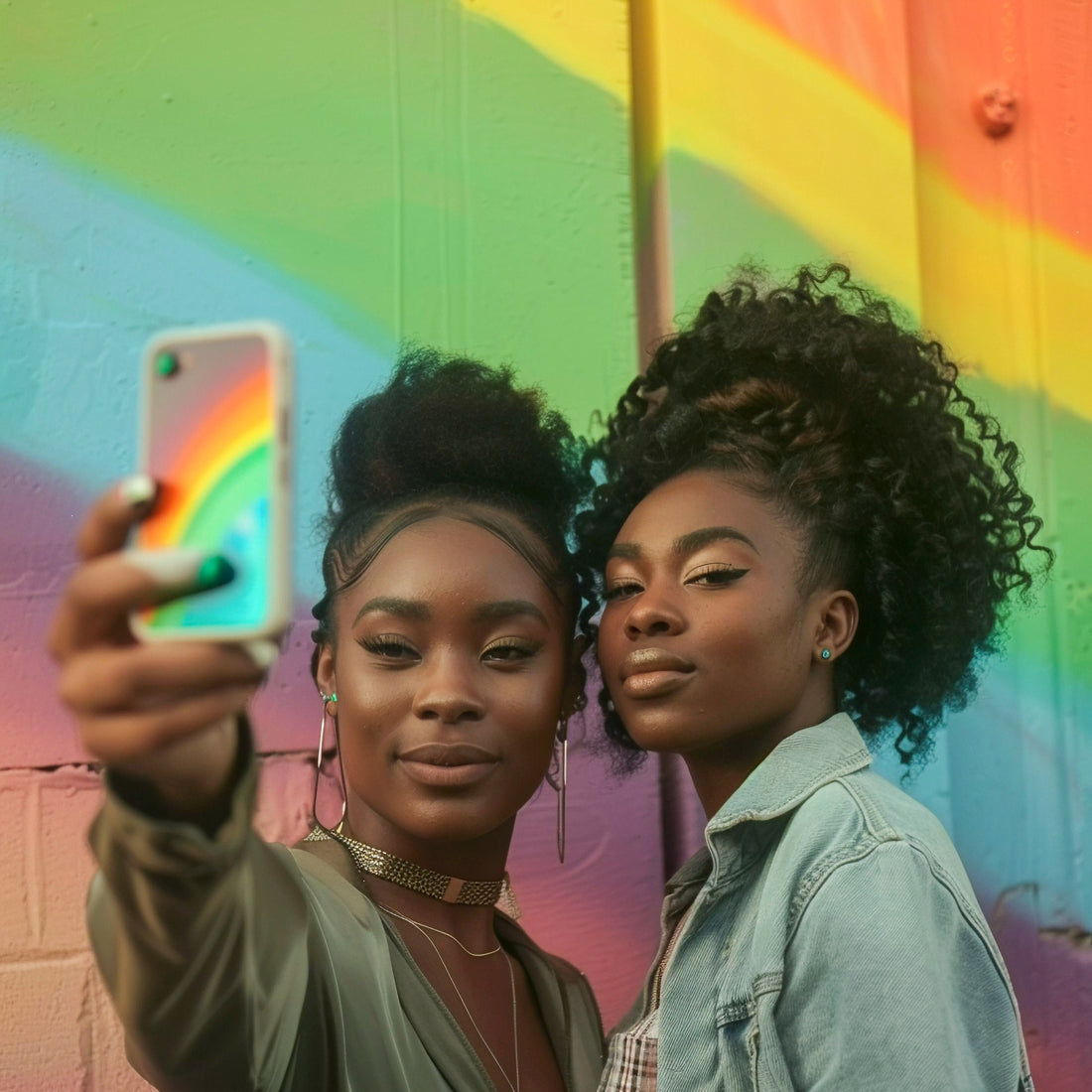
Choose Allies, Not Just Influencers
Share
Influencer marketing has revolutionized the way brands connect with their audiences. Collaborating with content creators offers a unique opportunity to convey messages more authentically and reach specific audiences effectively. However, many brands make the mistake of choosing influencers solely based on their number of followers or popularity without considering crucial aspects such as value affinity, style, or shared interests. This can result in partnerships that, rather than benefiting the brand, harm it by distancing it from its identity and confusing its consumers.
1. Why is Influencer Affinity Important?
Choosing an influencer who shares the same values and interests as your brand is key to making the collaboration authentic and credible. Today’s consumers are more critical and aware; they expect brands to be consistent and transparent. A collaboration with an influencer who doesn’t align with the brand’s values can lead to conflicting messages and negatively impact public perception.
Example: Sustainable Brands and Conscious Creators
Imagine a sustainable fashion brand that decides to collaborate with a very popular influencer who usually promotes fast fashion products. Even if this person has a large reach, the collaboration could be perceived as contradictory and opportunistic, damaging the credibility of the sustainable brand and creating confusion among its audience.
2. The Relevance of the Number of Followers
One of the common mistakes is selecting influencers based solely on the size of their audience. Although macro-influencers and celebrities have millions of followers, they do not always guarantee the best return on investment if their audience is not interested or aligned with the brand’s products or services. That is why more and more brands are opting for micro-influencers or niche creators who, although they have smaller audiences, usually have a genuine and strong connection with their followers.
Example: Specialized Microinfluencers
A natural beauty brand may find a micro-influencer with 20,000 followers who are passionate about natural skincare a better ally than a celebrity who doesn’t have that interest. Even though the reach is smaller, the quality and relevance of the audience is much higher, which will likely lead to higher conversions.
3. The Risks of Not Properly Selecting Influencers
Partnering with influencers whose personality or interests do not align with the brand's can lead to a number of risks:
Public Distrust: Consumers may perceive collaboration as a purely commercial strategy, without a genuine purpose behind it.
Damage to Brand Image: If the influencer is involved in any controversy, this can directly affect the brand's reputation.
Inconsistency in the Message: A lack of alignment in values or interests can lead to a confusing message for the audience, who will perceive that the brand does not have a clear or solid identity.
4. How to Choose the Right Influencer for Your Brand
Here are some tips to help you identify the right influencer for your brand:
a. Analyze your Content and Lifestyle
Look at the type of content they create and whether it represents your brand values. Choose someone whose lifestyle is in harmony with what you want to convey.
b. Research your audience
It's not just about the influencer, but also about their followers. Check that the profile of their audience matches the profile of your ideal consumers.
c. Evaluate the Interaction with your Community
The number of interactions (comments, likes, and shares) is more important than the number of followers. An influencer who receives meaningful comments and responds to their followers has an engaged audience, which increases the chances of a successful collaboration.
d. Make sure they share your values
If your brand is focused on sustainability, look for influencers who already promote conscious consumption and environmental protection. Affinity in values is key to making the message resonate authentically.
e. Perform a Test Collaboration
Before signing long-term agreements, try out the collaboration with a couple of publications. This will allow you to see the reaction of their audience and the quality of the interaction.
5. Success Stories: Effective Collaborations Based on Common Values
Successful collaborations are those in which the influencer becomes a true ambassador for the brand, someone who speaks from experience and with honesty. Eco-friendly product brands, for example, often partner with influencers committed to sustainability, achieving a genuine connection that is respected by their audience.
A good example is the case of Patagonia, the outdoor clothing and equipment brand. Its collaboration with influencers committed to environmental activism and responsible consumption has strengthened the brand's image as an authentic and coherent company, managing to build customer loyalty.
Conclusion: Choose Allies, Not Just Influencers
Selecting influencers who truly represent your brand’s values and goals not only contributes to an effective marketing strategy, but builds a genuine relationship with your audience. It’s not about adding numbers, but about adding authenticity and creating a coherent narrative that resonates with your audience. Remember that a well-chosen collaboration can transform an influencer into a true ambassador for your brand, capable of inspiring and connecting in a unique way with your audience. Choose your collaborators carefully and build strong, long-lasting partnerships that drive growth and recognition for your brand!
